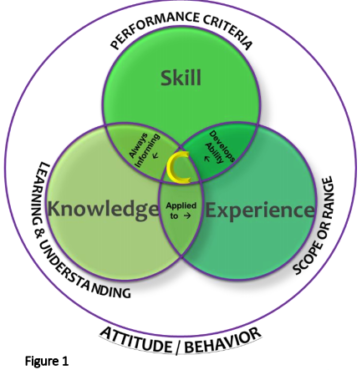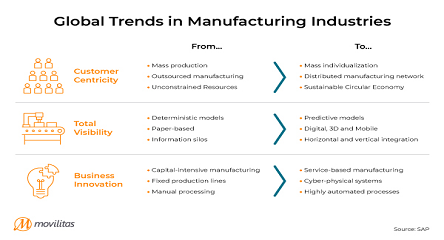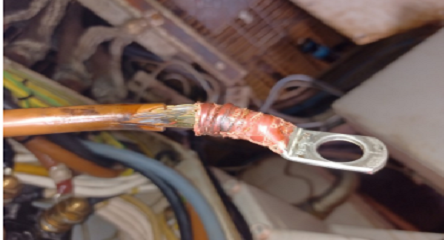Anntoinette Lucia and Richard Lepsinger provide this definition of a competency in their book, The Art and Science of Competency Models: “a cluster of related knowledge, skills, and attitudes that affects a major part of one’s job (a role or responsibility), that correlates with performance on the job, that can be measured against well-accepted standards, and that can be improved via training and development.” So a competency is bigger than a single skill: it includes knowledge and understanding, connects to an individual’s performance, and can be improved on. To be clear, that’s one competency when treated in isolation from all the other competencies required of that same individual in their role. In a competency model, we can see the integrated set of competencies required for an individual in a job role, such as instrumentation/automation technician, that defines what excellent performance would look like when executed to the approved standard for that role.
Since 1990, Scotland has been at the forefront of occupational competency, after a tragic accident occurred in their oil & gas sector, killing 167 people. Competence management systems became law for oil and gas companies after that event, and have now spread across the whole of the UK for a wide range of jobs, such as truck drivers, rail workers, police, crane operators, cab drivers, and the list continues. To help explain a competency model, we’ve provided a graphical Venn diagram to represent the areas of assessment required in order to show if an individual is competent in a given competency, when measured against an approved competency standard for the job role.

CMS frameworks can be used to tie together all the pieces of a ‘workforce management’ system. Again, Lucia and Lepsinger write, “The best succession planning system in the world cannot succeed unless the selection, training and development, and appraisal systems all work effectively too. These systems must be designed to ensure that people who have the required capability or potential are hired, their ability is enhanced, and their potential is through learning experiences, coaching, and feedback. We strongly believe that the use of competency models across all human resource management systems will provide the necessary consistency and continuity.”
If a company wanted to know what separates the best from the average, they could use the findings in recruiting and selection for future hires, in performance appraisal with staff, in development planning, and in succession planning. A good competency model provides a common framework and allows these pieces of workforce management to be integrated into a coherent system.






